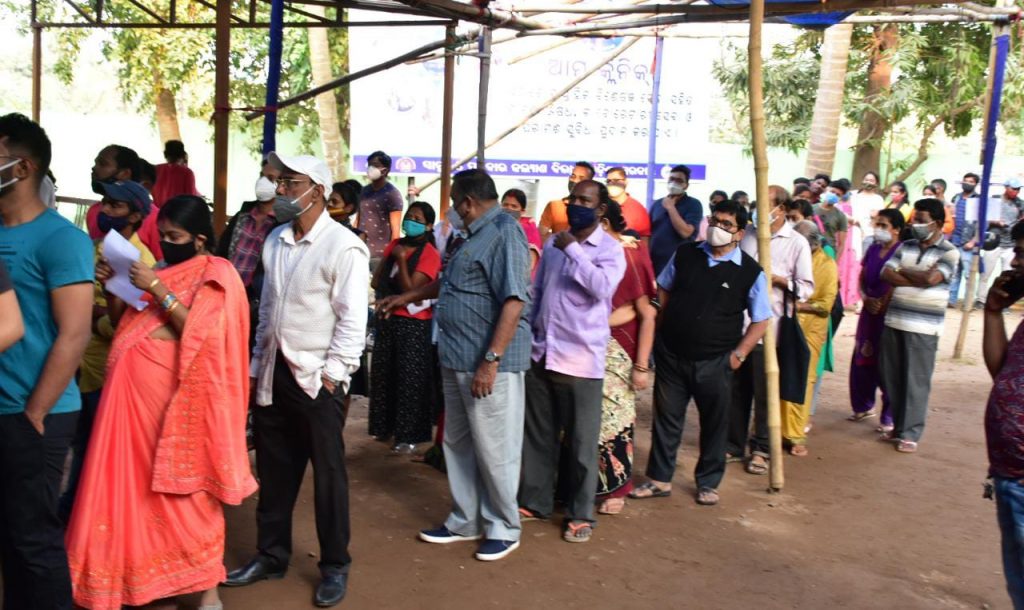New Delhi: The Centre is keeping a watch on the ‘dynamic and evolving’ situation due to the third wave of Covid-19. India currently is witnessing a hospitalisation rate of 5-10 per cent, the Centre said Monday. However, the need of for hospital care may increase as the number of cases grows. It should be stated here that in the second wave last year, the hospitalisation rate was 25 to 30 per cent.
India reported Monday a massive surge of 1.79 lakh fresh cases while the daily positivity rate went up to 13.29 per cent. About 10 days ago, India was registering an average of 10,000-15,000 cases daily.
“The rise, it appears, is being driven by the Variant of Concern (VOC) ‘Omicron’ and the continued presence of another VoC ‘Delta’ in large geographies across India,” the Health Ministry said Monday in a statement. It also said that so far 4,000 cases of the new Omicron variant have been recorded.
All states and Union Territories have been asked to keep a daily watch on oxygen beds, ICU beds, and ventilator support. The Covid-19 care centres have to be upgraded to oxygen-supported beds when required, the government has said. It has also underscored the importance of engaging junior doctors, nursing, and MBBS students to ensure adequate healthcare staff.
Amid the alarming surge, Delhi, Maharashtra, and other states have been insisting they are prepared to handle the rise in infections with enough hospital beds, highlighting the low hospitalisations so far.
Lessons have been learned from the second wave, some top officials have pointed out, when a majority of big cities in India buckled under the pressure of an increase in the demand for hospital beds and medical oxygen.
Prime Minister Narendra Modi reviewed Sunday the Covid-19 situation in India. As of however, there are no indications that India will go in for a short shut down to prevent the spike in cases.
